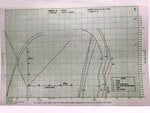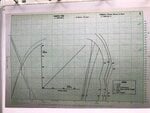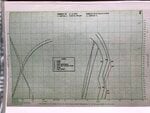Freebird
Master Sergeant
Reading through the Armoured A/C website, it lists the Firefly as especially optimized for low level performance.
But it has a higher Sea Level speed than at 3,500 feet?
Is that possible?

Apologies to Greyman, I borrowed your graph and added the Firefly.
But it has a higher Sea Level speed than at 3,500 feet?
Is that possible?
Armoured Aircraft CarriersSpeed
In a clean configuration, the Firefly was rated as achieving 284mph at sea level, 273mph at 3500ft, and 319mph at 17,000ft
Apologies to Greyman, I borrowed your graph and added the Firefly.
Quick sketch on speeds.
Fulmar I - Fulmar II - Sea Hurricane I - A6M2
View attachment 531197
Fulmars are from the A&AEE, Sea Hurricane is from official data points from somewhere ... MAP I believe. A6M2 is from http://www.wwiiaircraftperformance.org/japan/intelsum85-dec42.pdf





